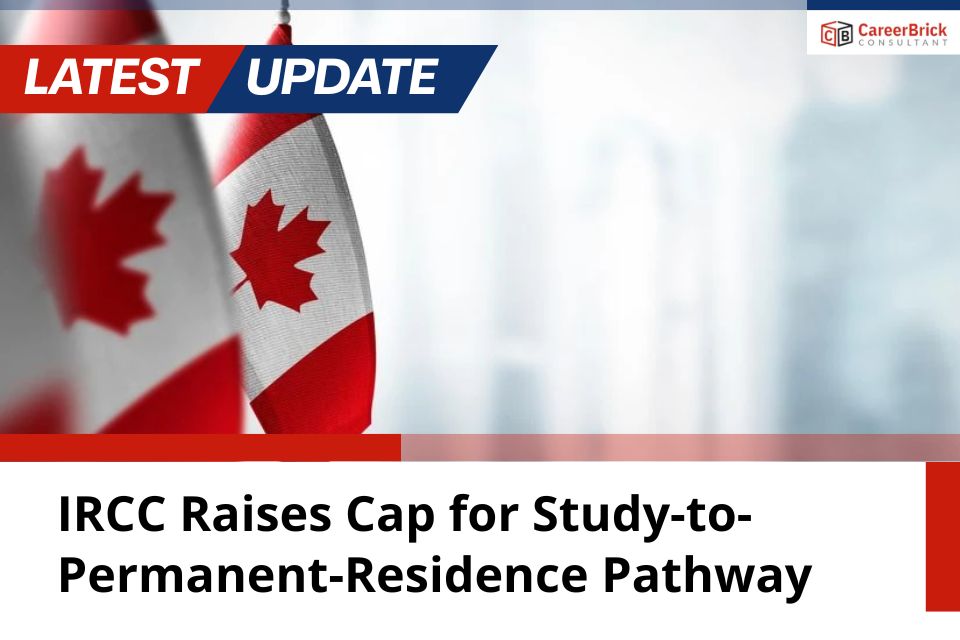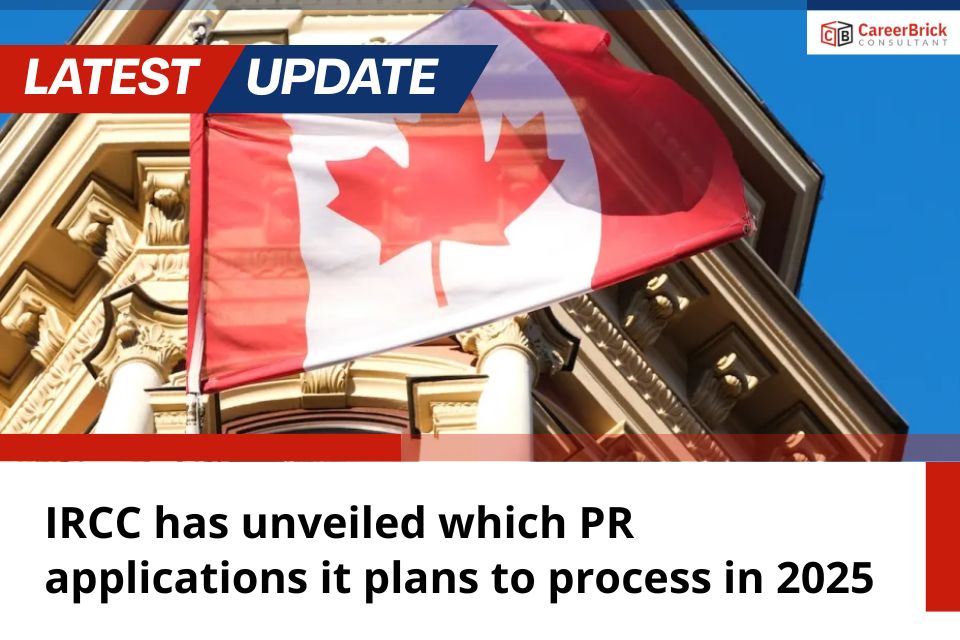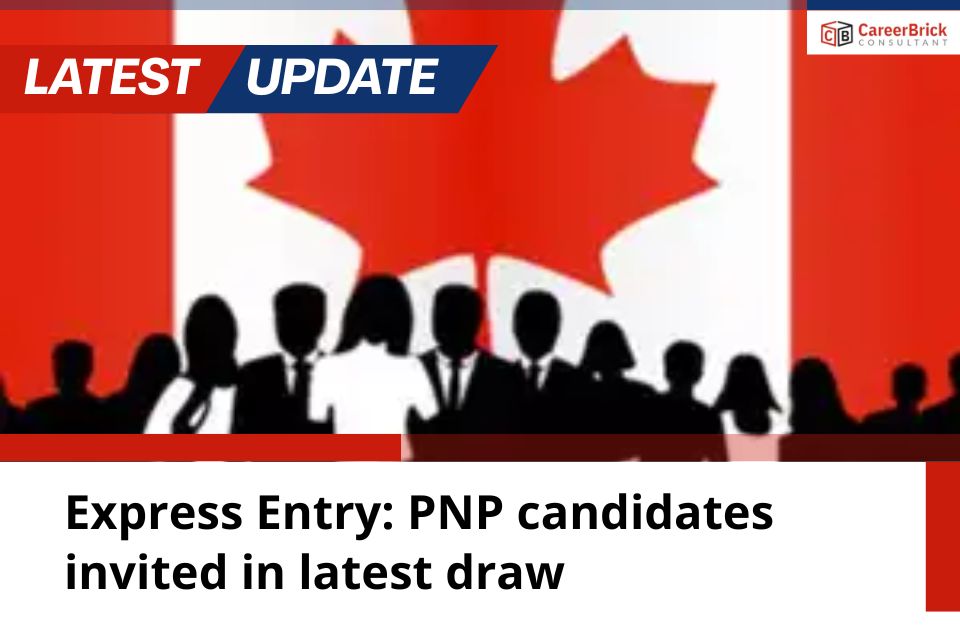The Government of the Northwest Territories (NWT) has recently announced changes to the nomination allocation for its province-level immigration program, signalling an ongoing effort to align immigration resources with northern labour market realities and community growth.
Background & 2024 Milestone
In 2024, the NTNP reached its full federal allocation of 300 nominations, marking the first time the territory hit its nomination cap for the year. This milestone underlined strong interest from both employers and skilled individuals seeking immigration pathways into the NWT.
Despite the achievement, early in 2025 the NWT suffered a significant drop in its allocation under the federal framework, which in turn reduced the number of nominations the territory could issue for that year. The reduction created a backlog of qualified applicants and increased pressure on the program from local businesses and communities in need of skilled workers.
2025 Allocation Changes
The NWT’s 2025 nomination allocation has been adjusted upward after sustained advocacy, though it remains below the territory’s 2024 allocation. The revised number for 2025 now stands at 197 nominations, following an increase of 47 additional spaces.
| Year | Nomination Allocation | Notes |
| 2024 | 300 nominations | Full cap reached early in year |
| 2025 (initial) | 150 nominations | Reflective of initial federal reduction |
| 2025 (adjusted) | 197 nominations | Boost of 47 nominations after advocacy |
This updated allocation improves the NTNP’s capacity to nominate more candidates in 2025, but it also highlights that the territory continues to seek a full restoration of its earlier cap and potentially further increases going forward.
What That Means for Applicants and Employers
For Applicants:
-
Skilled workers who have job offers from NWT employers, or who are already working in the territory, now have slightly better chances of receiving a nomination due to the increased allocation.
-
However, since the allocation remains below 2024 levels, competition is expected to remain high, and applicants should ensure their profiles (work experience, language skills, job offers) are strong.
-
It is advisable for applicants to keep their documents current, maintain their employment status, monitor program intake windows, and be ready to respond when nomination spaces become available.
For Employers & Communities:
-
The additional spaces provide relief for employers facing labour shortages in the North, especially in critical sectors such as resources, trades, Indigenous services and community infrastructure.
-
The boost also signals government willingness to adapt immigration tools to northern contexts—recognizing that communities in the NWT have different labour market and settlement challenges compared to larger provinces.
-
Continued advocacy shows the territory’s intention to expand this pathway further in the coming years so that population growth, workforce renewal, and regional development can advance hand-in-hand.
Strategic Context & Northern Priorities
Immigration in the NWT is not solely about filling jobs—it is intricately linked to population sustainability, community resilience, and sovereignty in Canada’s North. For northern jurisdictions like the NWT:
-
Immigration helps mitigate the demographic impact of aging populations and out-migration.
-
Newcomers contribute not only their skills but also community life, cultural diversity, and economic vitality in remote regions.
-
Because the geography, labour market and settlement infrastructure of the North differ significantly from southern Canada, having tailored nomination allocations and flexible program design becomes especially important.
The adjustment in the 2025 NTNP allocation reflects this reality: the territory’s government continues to push for a program responsive to the North’s unique needs.
Looking Ahead
While the increase to 197 nominations in 2025 is a positive step, the NWT government remains on track with its goal of restoring the allocation to or above 2024 levels. Continued progress may depend on factors such as:
-
Federal immigration policy and funding for territories
-
Demonstrated demand and program uptake in northern regions
-
Capacity of settlement services and employer networks to support new arrivals
For prospective applicants, the message is clear: there are opportunities, but preparation and alignment with program criteria are key. Ensuring you meet eligibility, understanding stream requirements, and staying informed about the NTNP intake schedule will improve your chances of success.







